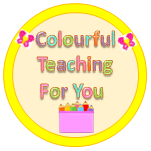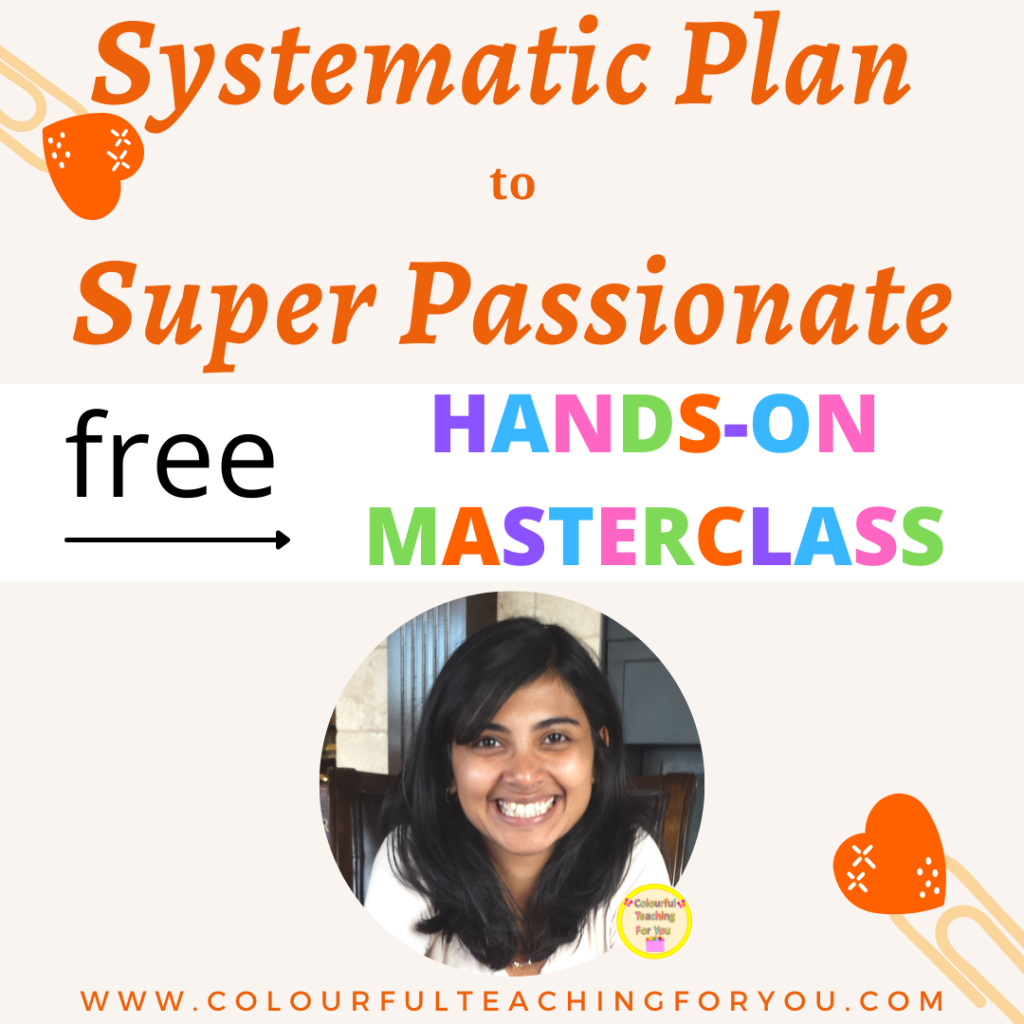
Today we’re going to talk about a simple way to teach about the things to be grateful for as a teenager.
Hormones can rule a teenager’s emotions if they don’t know how to manage them. Gratitude is a form of social and emotional learning that will help them center themselves by focusing on the positive in their lives instead of what they feel is missing.
Teaching gratitude increase a child’s confidence as it allows them to feel satisfied with their life and provides them with the means to feel hopeful. It also increases their motivation to do better on tasks and assignments, thereby increasing the quality of their work.
This, in time increases their happiness and enjoyment in life. However, this does take time.
Having teenagers merely state 1-3 things that they’re grateful for doesn’t work well because many of them will repeat what the others are saying without it being meaningful to them.
We need to have them build a deep relationship with gratitude.
How?
With the following strategy.
Actionable Steps:
#1. Connect to Gratitude
Sitting behind a desk might be difficult for your student, so ensure you have flexible seating, like a cushion, a mini carpet to sit on the floor, or a place for your student to stand up, like a standing desk.
- Exploration
Have children look at all of the things that they’re grateful for. For example, their physical appearance, their inner traits, their strengths, the people in their lives, their surroundings and so forth. This will help them focus on the positive and move away from looking at their perceived deficits.
- Reflection
Have your students reflect on what they’re grateful for in a quiet environment. At first, this won’t be easy, so use the prompts that I’ve created for you by CLICKING HERE or on the following picture. In time, when your students have gotten the hang of self-reflecting using the prompts, branch out and have them write without them. This is a great stepping stone for the next activity.
- Connection
If a child is grateful for someone, have them create a card thanking that person and explaining what they’re grateful for. If your students are thankful for something more abstract, have them create a poster to put up either on your classroom bulletin board or on their wall at home so that they can see it and are reminded of it over time.
Recap:
Let’s recap really quickly. Today, we looked at the following:
- The relevance of teaching teenagers about gratitude
- One actionable step to teach it to them: connect to gratitude.
- Three activities to explore this step: exploration, reflection, and connection.
Free Resources:
I’d love to hear from you. In the comments below, please answer the following:
In the mean time, if planning so that you’re ahead is not your jam, then check out the following: FREE MASTERCLASS: Systematic Plan to Super Passionate.
Next Steps:
If you found this video beneficial, would you do me a favor? Share this with your family, your friends, your loved ones, your co-workers or someone who you think could benefit from this. Thank you!
I’ll see you next Friday at 5:30pm PST.
Until I see you next time, remember to create, experience & teach from the heart.
Take care,
Charlotte




